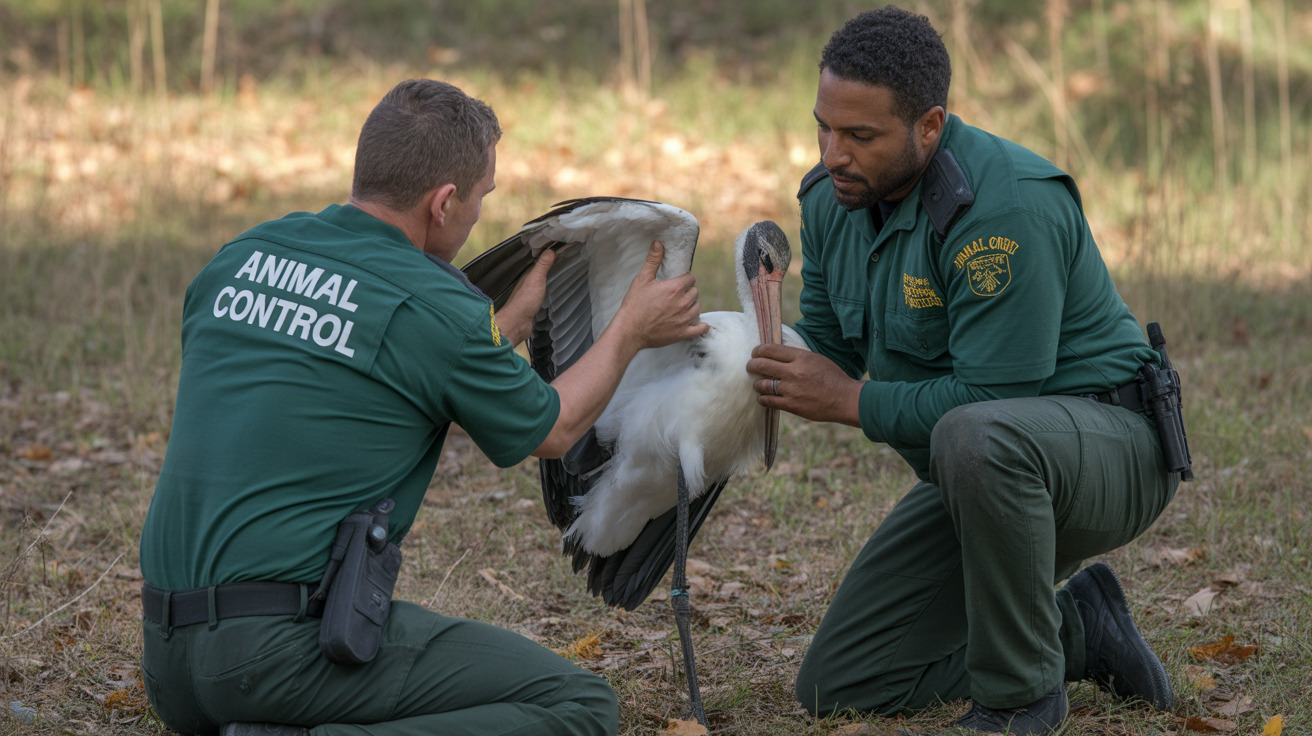Are Some Dog Breeds More Prone to Licking?
Many dog owners notice that their furry companions frequently lick blankets, furniture, or even themselves. While licking is a natural part of canine behavior, it's interesting to explore whether certain breeds are more inclined to this activity. Understanding the breed-specific tendencies, as well as the underlying causes of licking, can help pet owners respond appropriately.
Why Dogs Lick
- Comfort and Self-Soothing: Licking is a self-soothing behavior that can help dogs feel calm and secure, particularly during stress or anxiety.
- Attraction to Scent or Taste: Dogs have powerful senses of smell and may lick items that carry intriguing scents, such as food residue or their owner's scent on blankets.
- Boredom or Habit: When dogs lack sufficient physical or mental stimulation, they may turn to behaviors like licking as a way to cope with boredom.
- Anxiety or Stress: Sudden changes in the household, separation from owners, or unfamiliar environments can trigger anxiety-induced licking.
- Medical Causes: Issues like gastrointestinal discomfort, dental pain, allergies, or cognitive dysfunction in senior dogs may manifest as excessive licking.
- Attention-Seeking: Dogs may learn that licking attracts their owner's attention and repeat it as a way to interact.
Breeds Prone to Licking
While all dogs can engage in licking, some breeds are reportedly more prone to the behavior due to their temperaments and emotional sensitivity:
- Labrador Retrievers: Known for their affectionate and people-oriented nature, they may lick more to show love or ease separation anxiety.
- Golden Retrievers: These gentle giants often lick as part of their social behavior and when under stress.
- Chihuahuas: Small but emotionally intense, Chihuahuas often use licking as a bonding gesture and response to stress.
- Dachshunds: With their alert and sometimes anxious temperament, they may resort to licking due to boredom or emotional need.
- Pugs and French Bulldogs: These breeds can have allergies or skin sensitivities, leading to repetitive licking behaviors.
- Border Collies and Australian Shepherds: Highly intelligent and active, they may lick due to under-stimulation or obsessive tendencies.
- Cavalier King Charles Spaniels: They crave constant companionship and may lick to feel secure or express affection.
How to Manage Excessive Licking
If your dog’s licking seems excessive or disruptive, consider the following strategies:
- Provide Physical and Mental Stimulation: Keep your dog mentally challenged with puzzle toys and physically active through regular play and exercise.
- Monitor Diet and Health: Ensure a nutritionally complete diet, and consult a vet for any signs of underlying medical issues like gastrointestinal upset or allergies.
- Enhance Environment: Create a calming space with comfortable bedding, soothing music, and safe spaces for relaxation.
- Use Pet-Safe Deterrents: Apply bitter-tasting sprays to favored licking surfaces if necessary, though this should be combined with behavior redirection.
- Reinforce Alternative Behaviors: Train the dog with commands like “leave it” and reward them for engaging in appropriate toys or actions instead.
- Avoid Reinforcement of the Undesired Behavior: Do not give attention when the dog is licking; wait and reward desired behaviors instead.
When to Involve a Professional
If your dog shows signs of distress, obsessive licking, or other behavioral shifts, it’s important to rule out medical causes and consult a veterinarian. In persistent cases, a professional dog behaviorist may help develop a training plan tailored to your dog’s specific needs.
Conclusion
Certain dog breeds are indeed more prone to licking behaviors, thanks to their emotional sensitivity, social nature, or genetic predispositions. Recognizing this trait, understanding potential causes, and taking steps to manage the behavior through stimulation, training, and medical care will lead to a happier pet and a more harmonious household.





